

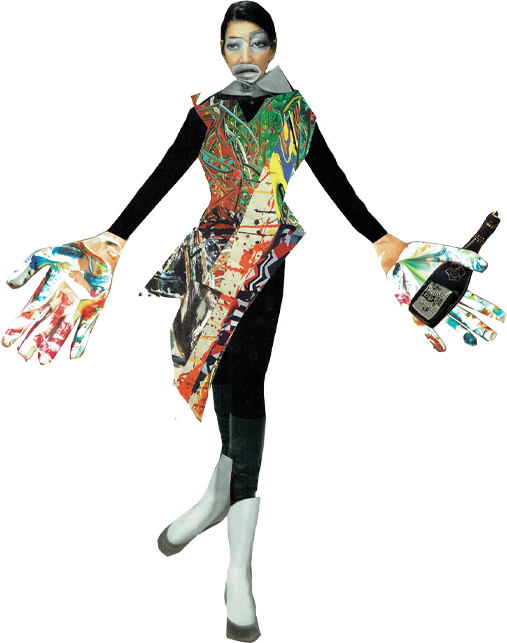

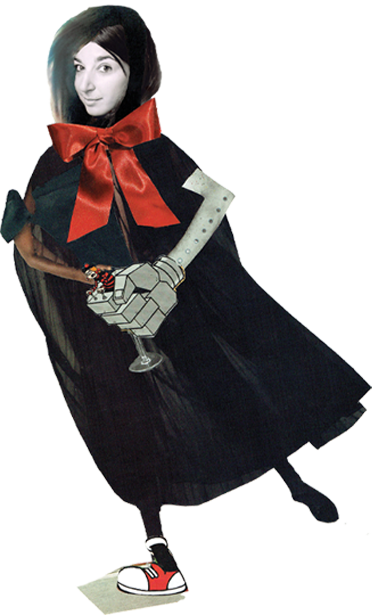
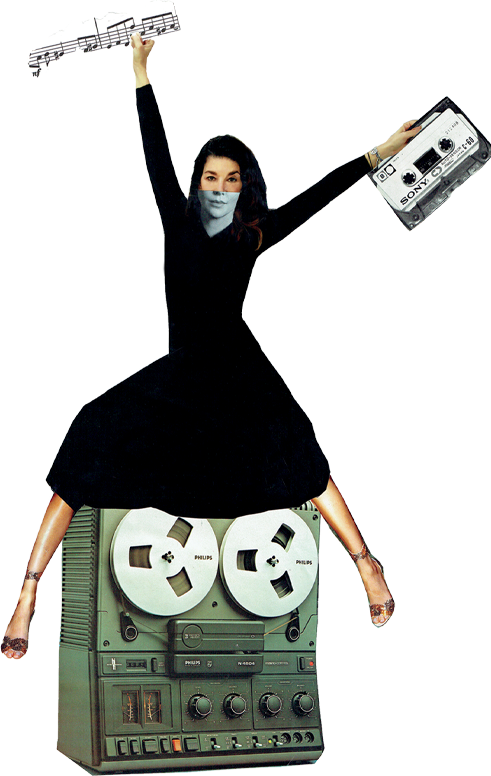
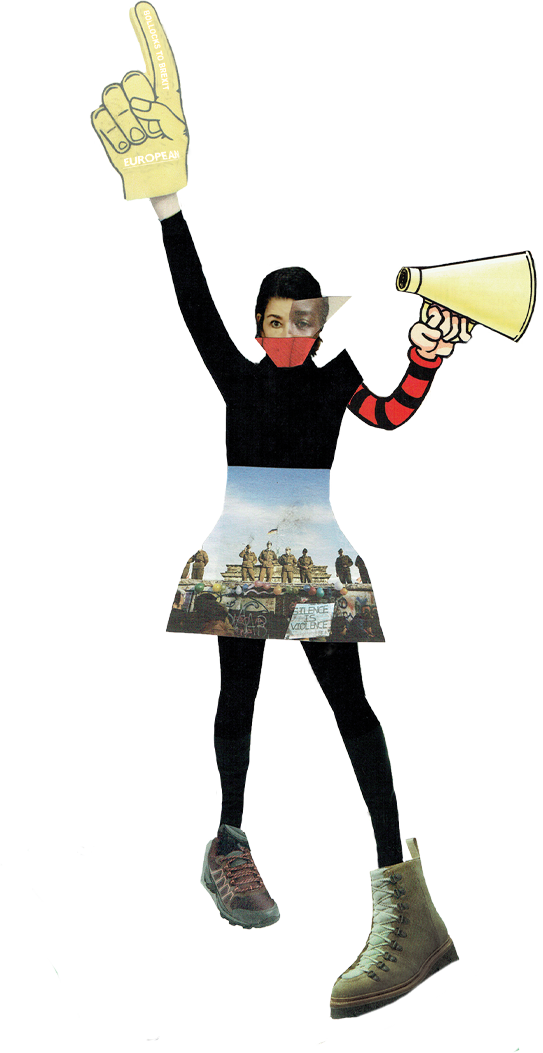
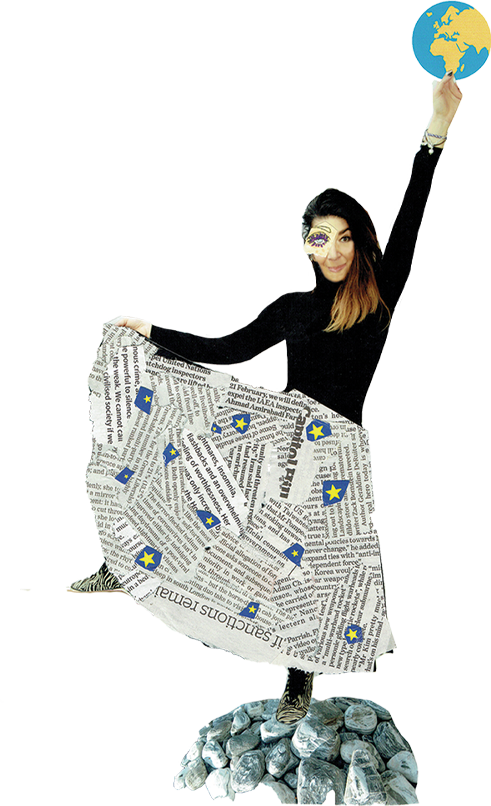
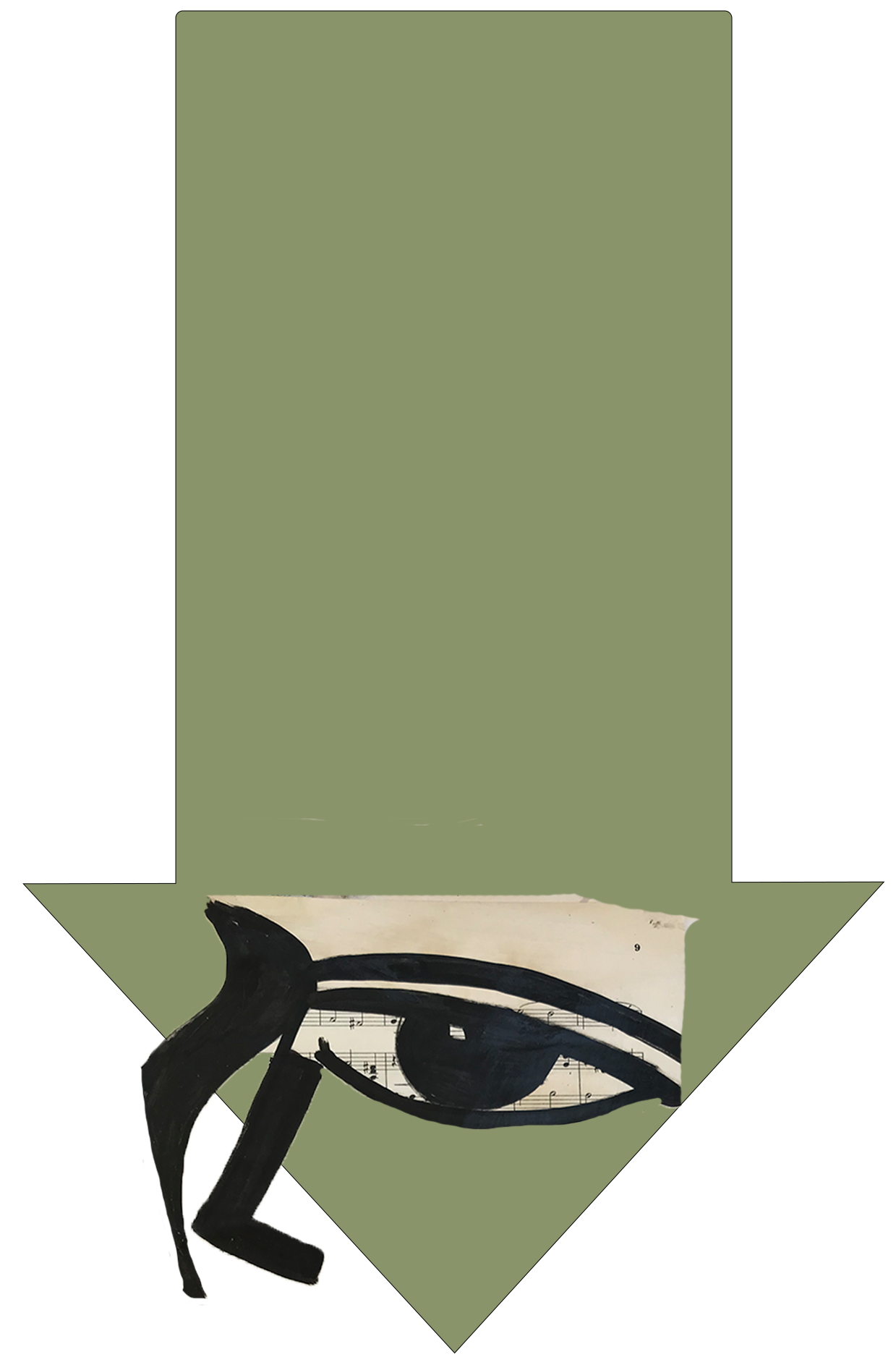

- Jean (Hans) Arp
I spent most of 2017 researching the geopolitical landscape leading up to the First World War and the subsequent interbellum period for a sound and light installation, Beyond The Deepening Shadow, to commemorate the Armistice at the Tower of London. I was struck how this turbulent period and the rise of nationalism not only echoed the state of the world around me, but corresponded with the birth and rise of collage within modern art. The premise for this album was conceived at that time, however it took the world to pause for it to be fully realised.
Max Ernst observed that, “Every normal human being (and not merely the artist) has a store of buried images in his subconscious, it is merely a matter of courage or liberating procedures, of voyages into the unconscious, to bring pure and unadulterated found objects to light”. In the making of absent origin, that “store of buried images” was my hard drive. The primary materials that make up these tracks are sourced from scores I’ve written and recordings I’ve made with a remarkable and intercontinental array of singers, classical instrumentalists and musicians for a wide range of performance and installation projects. Yet they never appear in the form in which they were originally intended or heard. Within each track they have been detoured and layered, assembled and combined, destroyed to be rebuilt. From this archive I wrote new lines and combined them with new recordings - in order to reshape my world with the materials made previously by my hand.
I chose to respectfully incorporate some more familiar spoken words from poets, politicians and protestors into the fabric of my work. These are 'rephotographed', to use the language of visual collage, for the same reason as Robert Rauschenberg incorporated media images in his work, “I was bombarded with TV sets and magazines, by the excess of the world. I thought an honest work should incorporate all of these elements, which were and are a reality”. I was trying to make sense of what had become a narrow world, to build systems with sonic objects stripped of their origin and inaugurate them in a play of differences as a tool for navigating a culture of systemic displacement. While building a new landscape, making new meanings from old, it was impossible for me to shut out the one I inhabit, or perhaps because I couldn’t shake off the words of Eileen Gray I’d taped to my studio wall, “we must ask nothing of artists but to be of their own time”.
There were many images, quotes, photographs and my scrappy handwritten post-its taped to my studio wall; a kind of Scandi-Noir-collage-crime-scene. I wanted to find a way to render the primarily visual actions of cutting, tearing, pasting - of collage making - into musical equivalents. My research and investigation into the history and practice of collage led me concentrate my focus on the work of 20 artists: Hannah Wilke, Wangechi Mutu, Henri Matisse, Linder, Margaret Mellis, Raul Hausmann, Kurt Schwitters, Eileen Gray, Ella Bergmann, Max Ernst, Jean (Hans )Arp, Hannah Hoch, Eduardo Paolozzi, David Hockney, Natalia Goncharova, John Stezaker, Lee Krasner, Nancy Spero, and Robert Rauschenberg. I chose them for a variety of reasons, mostly instinctive. Their approaches to collage really vary; they themselves traverse time and place. However, the more I looked into their practice, the more I saw myself in their work, their politics and their personal histories. I realised after the fact, that I had chosen this ad-hoc band of brothers and sisters because their concerns concerned me. So many of them were connected by a common thread: people displaced from their country of origin, subject to the vagaries of politics and policies that declare who is welcome, who can stay, who can go - all dependant on the twist of fate that is the colour of a passport. Like Duchamp, I had started out wanting to, “make an album, or box, of approximately all the things I produced”. In the end, I realised - as much as a collage is the coupling of two or more realities, it also offers the means to critically examine the materials and culture of an era, questioning and expanding its borders.
“For me, collage manages to - it satisfies all of my madness, like I'm able to make these obsessive things, but then I'm also able to make these very strong statements. I don't know what they mean to other people, but in my mind, they have a very strong particular resonance; there's sort of a power.“
- Wangechi Mutu
